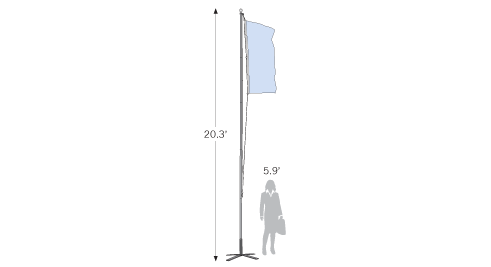
- #CUSTOMIZE COBALT STRIKE BEACON PIPE FLAGS HOW TO#
- #CUSTOMIZE COBALT STRIKE BEACON PIPE FLAGS MANUAL#
- #CUSTOMIZE COBALT STRIKE BEACON PIPE FLAGS CODE#
- #CUSTOMIZE COBALT STRIKE BEACON PIPE FLAGS WINDOWS#
#include īOOL create_pipe ( HANDLE * pipeRead, HANDLE * pipeWrite ) Integration with PEzorĪfter having a working proof of concept of the template skeleton, what it was remaining to do was to convert it into the specific syntax required by Beacon Object Files Dynamic Function Resolution to make it compatible with the brand-new, built-in inline loader baked into the beacon. TestRedirStdout.cpp : This file contains the 'main' function.
#CUSTOMIZE COBALT STRIKE BEACON PIPE FLAGS CODE#
So what happen if we redirect the stdout and stderr to anonymous pipes, we allocated an executable are of memory, we copied the position indipendent code generated by Donut, we create a thread and then we read from the other sides of the pipes?īy using the following snippet of code, I was able to confirm the initial intuition and successfully capture the “Hello World!” string. The idea I had was based on the fact the file descriptors can be redirected to arbitrary handles, such as an anonymous pipe.
#CUSTOMIZE COBALT STRIKE BEACON PIPE FLAGS WINDOWS#
I experimented with the Windows APIs in order to find out if this was technically feasible.
#CUSTOMIZE COBALT STRIKE BEACON PIPE FLAGS MANUAL#
I wanted to find a general solution that didn’t required manual changes to payloads in order to capture their output when run remotely: what if we would be able to entirely redirect the file descriptors baking the stdout/stderr of the process when executing arbitrary shellcode in a new thread inside the beacon process in order to reliably capture its output? However, the situation is quite different when the reflective execution happens remotely: the cmdlet won’t be able to retrieve the output of executables and DDLs have to be modified to return a string allocated on the heap in order to be processed by the caller.

#CUSTOMIZE COBALT STRIKE BEACON PIPE FLAGS HOW TO#
Inspired by the Invoke-ReflectivePEInjection cmdlet, I started to investigate how to implement a similar technique within Cobalt Strike.Īs stated in the notes of the source code, the cmdlet is only partially able to retrieve the payload output: in particular, the PowerShell process is not able to capture the output, but, if run locally, it will be sent to the console host process, meaning that we will be able to see the output without issues. In current days, this may not be suitable for advanced, red team operations, in particular when fighting against next-generation EDR/XDR. The OPSEC implication of this technique is that each time we need to execute a post exploitation capability, we first need to spawn another process to inject the payload in.



 0 kommentar(er)
0 kommentar(er)
